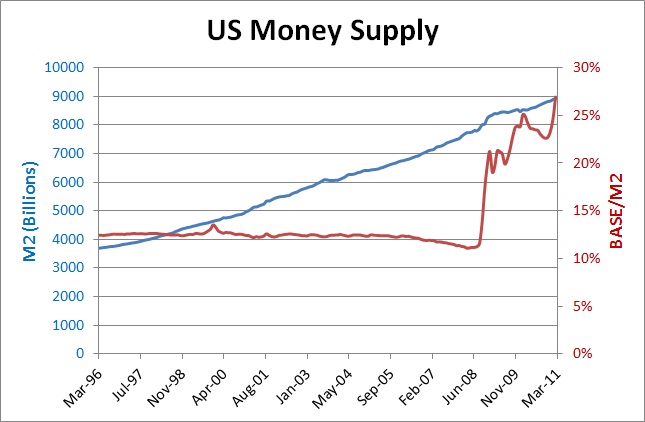Megan McCardle is rather disappointed with lack of followup to the moon landing.
What happened to the dream? Government mismanagement, yes, but something more than that, too, some failure of imagination and will.
There are a couple of problems with this sentiment. Foremost is the fundamental misunderstanding of what the Apollo program was really all about. The United States didn’t go to the moon because of some insatiable human desire to “boldly go where no man has gone before”. That is retrospective romanticism.
The United States really went to the moon out of fear. Specifically the fear of Soviet domination of space. President Kennedy launched the Apollo project based on the advice of NASA deputy director Hugh Dryden’s advice that a lunar landing was a sufficiently long term goal that NASA would have a chance to catch up with the Soviet’s technological lead and actually get there first*.
By the time Neil Armstrong made his famous footprint, the fear of Soviet owned space had been thoroughly dispelled, and with it the driving force for human space exploration was lost.
There are many legitimate reasons to criticize NASA’s activities since the end of the Apollo program. However, exploring the rest of the moon, or putting a man on Mars, were not realistically achievable goals. The moon landing was a crash program put together in response to a perceived national emergency. That level of effort was simply not sustainable indefinitely. Adventurous spirit and scientific curiosity have never been enough to get political support for the kind of expenditures required to take further leaps into deep space.
It thus isn’t really accurate to call the lack of progress since 1969 a failure of imagination and will. The last forty years have reflected the normal, frustratingly erratic, progression of most human endeavors. The 1960’s was the aberration.
My other issue is with the, “What happened to the dream?” question. The idea seems to be that, in the absence of leadership from Washington, humanity’s future in space has been put on indefinite hold.
In truth, the dream is in very rude health. The last decade has seen the birth of space tourism, the first private space flights and a burst of entrepreneurial enthusiasm. If you really care about space exploration you would do well to keep an eye on the development of the private sector rather than NASA press releases. If there is an economic return to be generated from commercial activities in space people will go there, even without government help.
We may very well see NASA astronauts back on the moon. NASA planing says ‘yes’, a realistic assessment of the federal budget outlook says ‘not likely’. Even if NASA never makes it back I’m pretty sure somebody will. What’s more, we may all have the opportunity to participate, not by paying taxes, but by buying stock.
As an aside, we could pay $100-$150 billion (optimistically) for NASA to put a base on the moon sometime after 2020, or we could put aside say $50 billion as a kind of super X prize to be awarded to the first organization to sustain a human presence there for 12 months. I know which alternative makes more fiscal sense for our cash strapped government.
* There are many non-fiction accounts of the 60’s space program. However, perhaps the best way to capture the feeling of the time is to read Tom Wolfe’s famous novel The Right Stuff. Or you can check out his recent Op Ed piece in the New York Times

